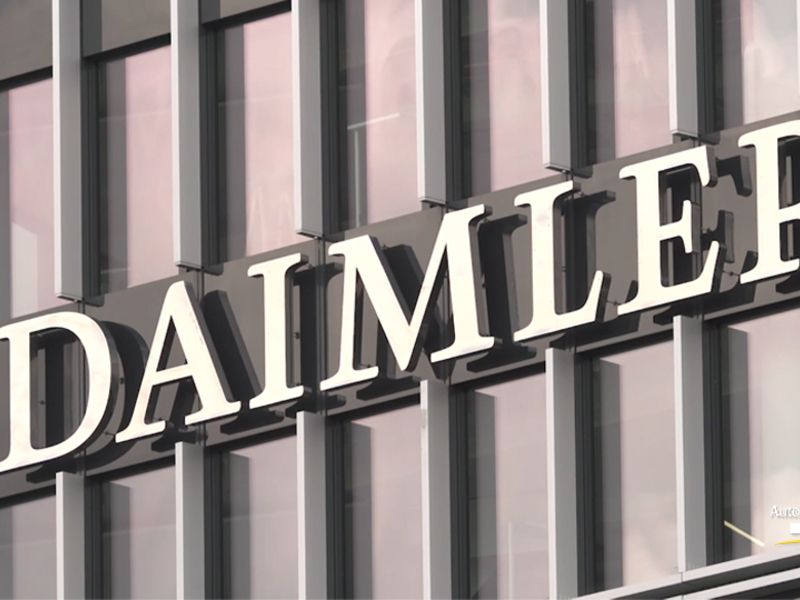
Daimler plans to split up into the world’s largest makers of luxury cars and commercial vehicles, renaming itself Mercedes-Benz and separately listing its truck unit by year end.
The plan to distribute a majority of Daimler Truck to shareholders is the most significant shakeup CEO Ola Kallenius has made since taking over the top job at the German giant almost two years ago.
The spinoff will appease investors who long advocated for the move, citing a stubbornly low valuation for the group company. While Daimler recently tweaked its corporate structure to give more independence to its main divisions, it was viewed as a half measure and did little to boost sentiment.
A final decision on the separation will be taken at an extraordinary shareholders’ meeting that could be held at the end of the third quarter and the business could be listed on the Frankfurt stock exchange by the end of 2021, Daimler said.
The move represents the start of a “profound reshaping of the company,” Kallenius said in a statement Wednesday. “Mercedes-Benz Cars & Vans and Daimler Trucks & Buses are different businesses with specific customer groups, technology paths and capital needs,” he said.
“Given this context, we believe they will be able to operate most effectively as independent entities, equipped with strong net liquidity and free from the constraints of a conglomerate structure,” Kallenius said.
Sanford C. Bernstein analyst Arndt Ellinghorst said: “The outcome is extremely positive for all shareholders and we’re convinced that this is also in the best interest of all employees at Daimler. It’s also a strong positive statement for the German corporate landscape and financial market.”
Volvo issued a bullish outlook for the global truck market earlier Wednesday within its report of better-than-expected quarterly earnings. Transport and construction activity has fully recovered in most markets and improved customer confidence, according to the company. It raised its forecast for heavy-duty vehicle sales in Europe and North America this year by a combined 90,000 units.
The results raise the bar for Daimler Trucks, which has long trailed its Swedish rival in terms of profitability. Volvo’s operating margin of almost 13 percent is “the highest the company has ever reached in recent memory,” RBC analyst Tom Narayan said in a note.
Daimler officials previously balked at selling individual divisions in the past but had kept the door open to a partial listing of the trucks unit. German rival Volkswagen Group pushed through an IPO of its truck operation Traton in 2019, and the business now has a market value of almost 12 billion euros ($14.4 billion). Traton agreed last year to acquire Navistar International Corp. to challenge Daimler and Volvo in North America, the industry’s biggest source of profits.
Daimler’s truck division contributed 40.2 billion euros of revenue ($48.3 billion) in 2019, according to the company’s annual report. It sold 488,521 vehicles worldwide and generated 2.46 billion euros in earnings before interest and taxes that year. While the North American Freightliner brand posts robust profits, the European operations have gone through multiple rounds of restructuring.

